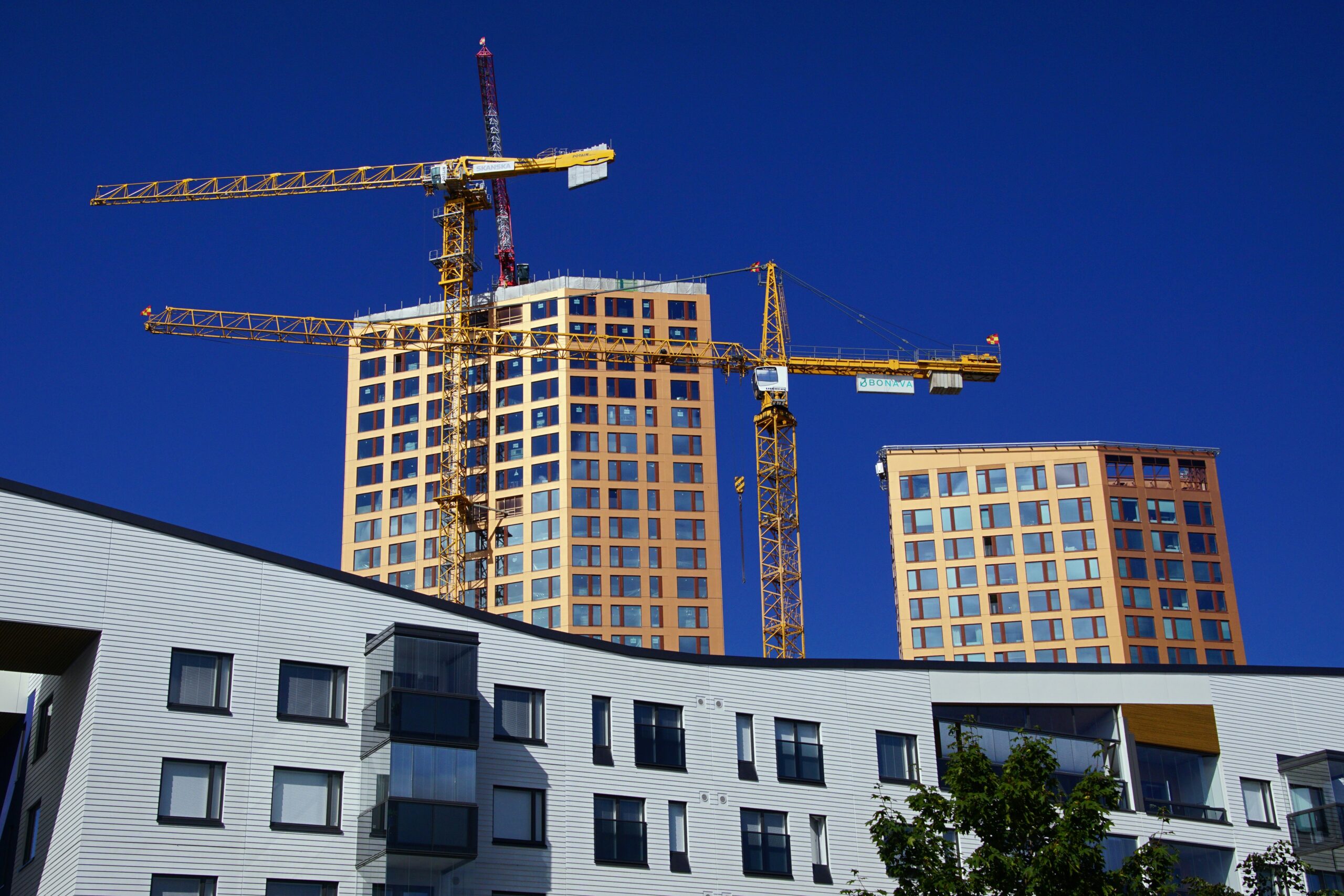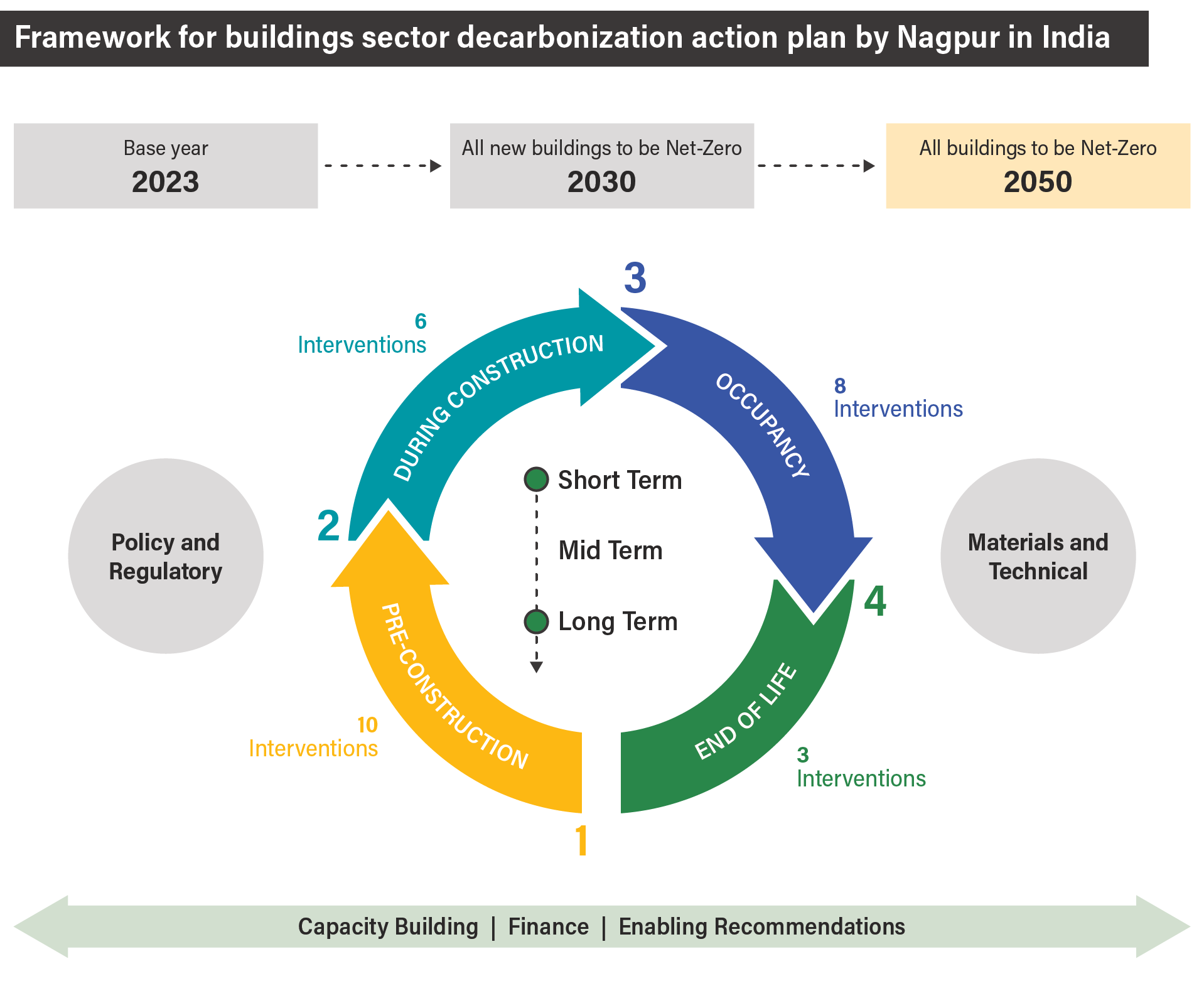
In March 2024, the inaugural Buildings and Climate Global Forum convened more than 1,000 participants to spur action towards built environment decarbonization and resilience. The first-of-its-kind forum was welcome, as the sector needs a shakeup.
The big issue on the table was how to address the building sector’s whole-life carbon emissions – both operational emissions, which result from the building’s use, and embodied emissions, which are associated with the sourcing, production and transportation of construction materials, as well as activities on the construction site and during demolition.
On a global scale, approximately one-third of all emissions related to buildings come from embodied carbon, contributing to around 10% of the total greenhouse gas emissions caused by energy use worldwide. The significance of embodied emissions, in terms of a building’s climate impact, is growing, as policy interventions and actions have led to a reduction in operational emissions in recent years in many places, leaving embodied emissions accounting for an increasing proportion of overall building emissions.
A Fragmented Industry
Decarbonizing the buildings and construction sector is the most cost-effective climate mitigation solution available. Yet the buildings sector value chain is incredibly complex, consisting of multiple sub-sectors such as materials’ extraction and production, construction, use and operations, and end of life, in addition to public, private and civil society actors. This has led to a lack of standardized approach to account for and address whole-life carbon emissions. Without standard measurement frameworks, data-led action remains a mirage.
There are notable examples attempting to combine international learning, national pathways and local, tangible action in this space. The Organisation for Economic Cooperation and Development’s (OECD) Decarbonising Buildings in Cities and Regions project, alongside the Global Monitoring of Policies for Decarbonising Buildings report, showcase best practices for national and subnational governments across 28 countries. The approach, piloted by WRI’s Zero Carbon Building Accelerator across multiple governance levels, is helping to create national roadmaps for net zero carbon and resilient buildings. The active participation of a network of national and subnational governments across Mexico, Colombia, Turkey, India, Kenya and Costa Rica continues to drive close collaboration with local and international implementing partners, and to share solutions that facilitate whole-life cycle decarbonization efforts.

Subnational Support
In many countries, subnational governments are leaders in adopting and implementing building decarbonization targets, standards and measures. Many of these local goals are more ambitious than national ones; in fact, 88% of cities and regions require higher energy efficiency than national building energy codes and 25% require buildings to become net zero energy level. Helsinki introduced whole-life cycle carbon regulation for new construction as of June 2023, two years ahead of the national government’s plan to introduce similar regulation.
The transition to full buildings sector decarbonization demands setting and implementing ambitious sectoral targets, including city-level actions in the next generation of nationally determined contributions (NDCs), and creating an enabling environment, in terms of technical and financial assistance. Countries can unleash the decarbonization potential of buildings and local government to achieve both mitigation and adaptation objectives through clear national and local planning, target-setting and structured collaboration.
It is paramount for national and subnational governments to commit to working together, such as is championed by the Coalition for High Ambition Multilevel Partnerships for Climate Action (CHAMP), signed by over 70 countries at COP28, to elevate their local buildings sector actions into their countries’ NDCs and create incentives and resources for implementation at scale.
There is an urgent need to change the narrative of how we address whole-life carbon, to unlock more political support and to build on the enormous potential for local action. Buildings are where we spend the majority of our lives. In Europe and the United States, the numbers are close to 90%.
For many, a house or apartment is our most valuable asset. Our homes and workspaces are incredibly significant parts of our lives. It is worth focusing our efforts on the broad benefits that can be realized by everyone while also decreasing emissions via whole-life decarbonization.
This article originally appeared on OECD’s Cogito.
Rogier van den Berg is Global Director of WRI Ross Center for Sustainable Cities.






